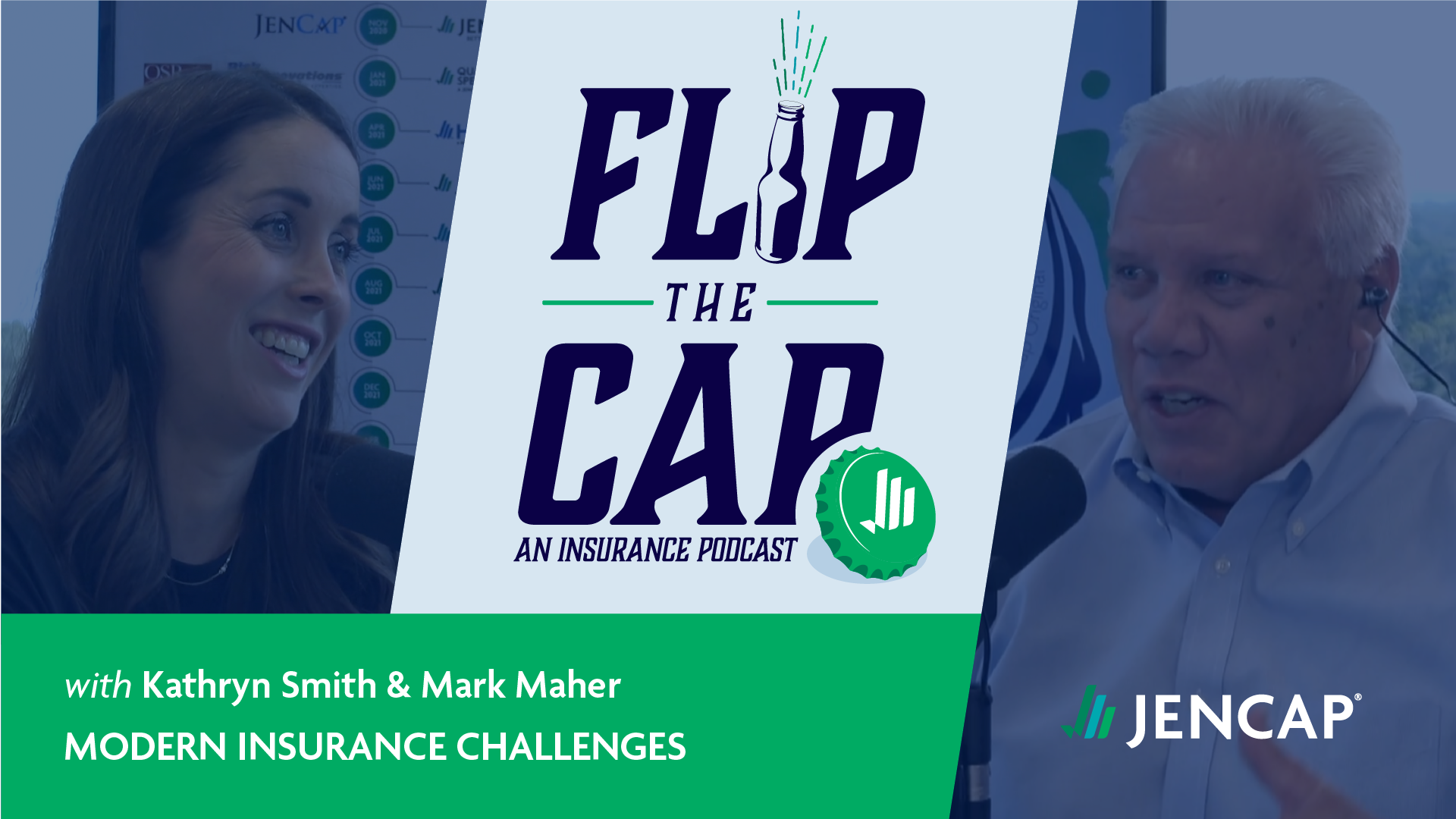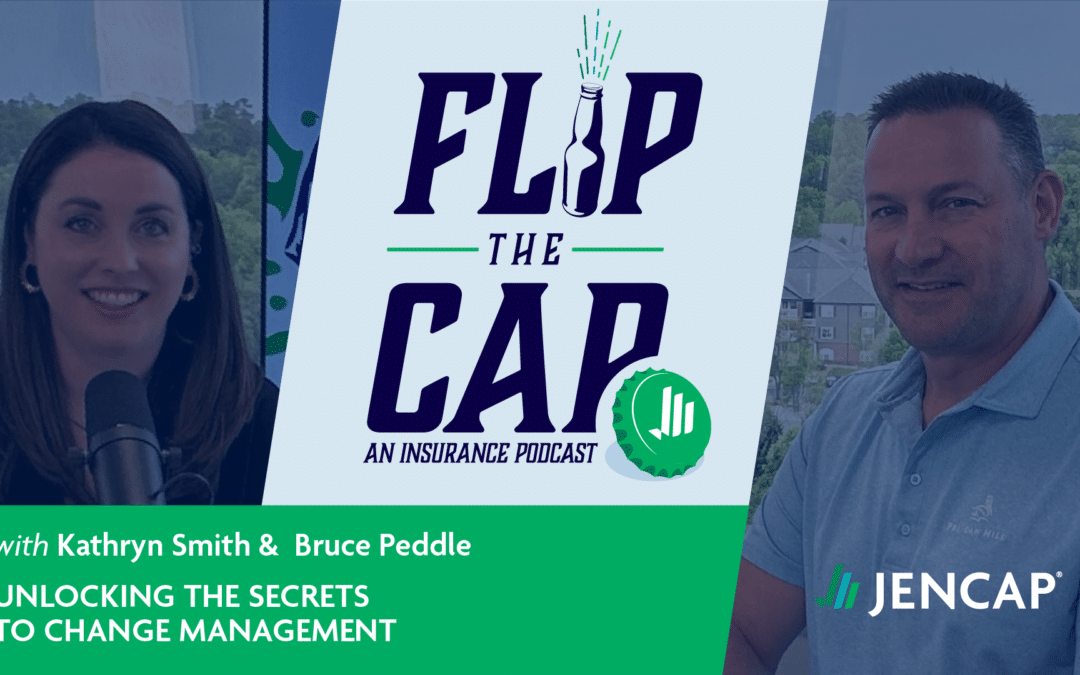If your client doesn’t have product liability insurance for their business, they shouldn’t be in the business of creating products.
Sounds like a bold claim, doesn’t it? But let’s examine the facts as to why:
In the event of an accident, it is up to the court to determine if negligence occurred and whether or not the manufacturer/seller should be responsible for the fallout (and to what degree).
That’s where things get complex.
It isn’t just direct manufacturers who can face liability in these cases. Definitions of liability and negligence are broad, and there are common misconceptions that should be cleared up.
In an effort to address this, here are four facts your client may not know about product liability.
1. Negligence claims can be made regarding ANY part of the product life cycle, including “external” functions such as marketing efforts and promotions.
Products produced through a complex manufacturing chain pass through a variety of organizations from initial design to the end consumer. The range of possible triggers for litigation can cover your client’s entire supply chain.
Over years of manufacturing and operation, a defective product is an inevitability. It may not happen today, but at some point a mistake will be made, and it can cost your client millions.
For companies serving industries where accidents are more common or more catastrophic, such as automobile parts and manufacturing, the risk is even higher.
The direct supply chain is not the only concern, however. Claims made in the marketing of a product can also become the subject of liability cases.
For example, a 1991 case involving the Jeep CJ-7 alleged that advertisements showing the Jeep driving at high speeds through Pikes Peak lead to the plaintiff’s believing the roll bar would protect them in the event the vehicle flipped.
The court determined that the ad was an “intentional incitement of unlawful conduct.”
Even if an accident occurs through no fault of the design or manufacturing, the claims made in the marketing language may put a company at considerable risk.
2. Warning labels and usage instructions are an important detail.
Another element of potential negligence is in product warning labels and proper usage information. How a product is meant to be used is a major component in assessing its safety. Manufacturers are rarely held liable in cases where the product is used improperly or dangerously.
But that is not the end of the story.
It is not sufficient for warnings to be buried in a technical manual. The warnings need to be specific and conspicuous.
When a court is assessing potential liability, they are assessing the degree to which the product manufacturer anticipated and warned consumers of risk.
If an obvious risk was overlooked, then the manufacturer is more likely to be held liable.
Product warnings should be thoroughly considered. Risks outside of the norm are not necessarily out of scope, and case law has expanded the expectations held for manufacturers. Cases such as the 1983 Campos v. Firestone Tire & Rubber Co. are a good example of this.
3. Product liability laws are made by the states.
There are no federal product liability laws. Product liability laws are a combination of common law and case law that have created precedence.
While the majority of product liability laws are consistent across states, you’ll want to ensure your client stays up-to-date on the unique legal intricacies of whatever state they are operating or selling products in.
An illustration of this importance is heeding presumption. Essentially, heeding presumption is the assumption that a consumer would follow a reasonable warning for a product if it is provided.
Naturally, this can have a major impact in the assignment of liability. Some states (such as Nevada) don’t recognize it. These seemingly small differences between state law and precedent can completely alter the outcome of a case.
4. Even if you win a product liability case, it can come with a heavy cost.
Take the example of Blitz Gas Cans. Formerly the leading manufacturer of portable gas canisters in the US, Blitz filed for bankruptcy in 2012 after dozens of product liability suits cost the company tens of millions in legal fees.
One case in Texas alone cost the company over $2 million despite the company ultimately winning the legal dispute.
Even a spurious claim can take months and a lot of resources to settle in court. Additionally, the PR optics of such cases are rarely favorable on the businesses regardless of the merits of the individual case.
In short, while your client is innocent until proven guilty in the eyes of the law, that won’t prevent bad PR and expensive legal fees from a product negligence case.
Protect your clients business with product liability insurance.
Product liability insurance covers legal expenses that result from accidents and injuries occurring in the use of your client’s products.
These policies ensure that your client has the financial resources to cover expenses to make restitution when it is due and to protect themselves when it isn’t.
Any company involved in the creation and distribution of a product must have product liability insurance. It is even more important if the business in question operates within any high risk industries such as:
- Automotive parts, machinery, equipment and supplies
- Toys, infant care items, sporting goods
- Metal and raw materials
- Explosives and weapons
- Food, herbals, nutraceuticals
- Drugs, chemicals, medical equipment and instruments
- New Inventions / Miscellaneous Prototype Parts
Jencap provides a full suite of product liability insurance services with a range of policy scales from primary to excess options available exceeding $10MM+ in liability.
We accept new ventures and new products, risks with claims activity, and non-renewed risks.
Our policies are flexible to fit your client’s needs through products liability monoline or packaged with general liability. We cover sublimits for recalling the product through an overarching policy covering products and premises liability together. You can read more Jencap news here.
























